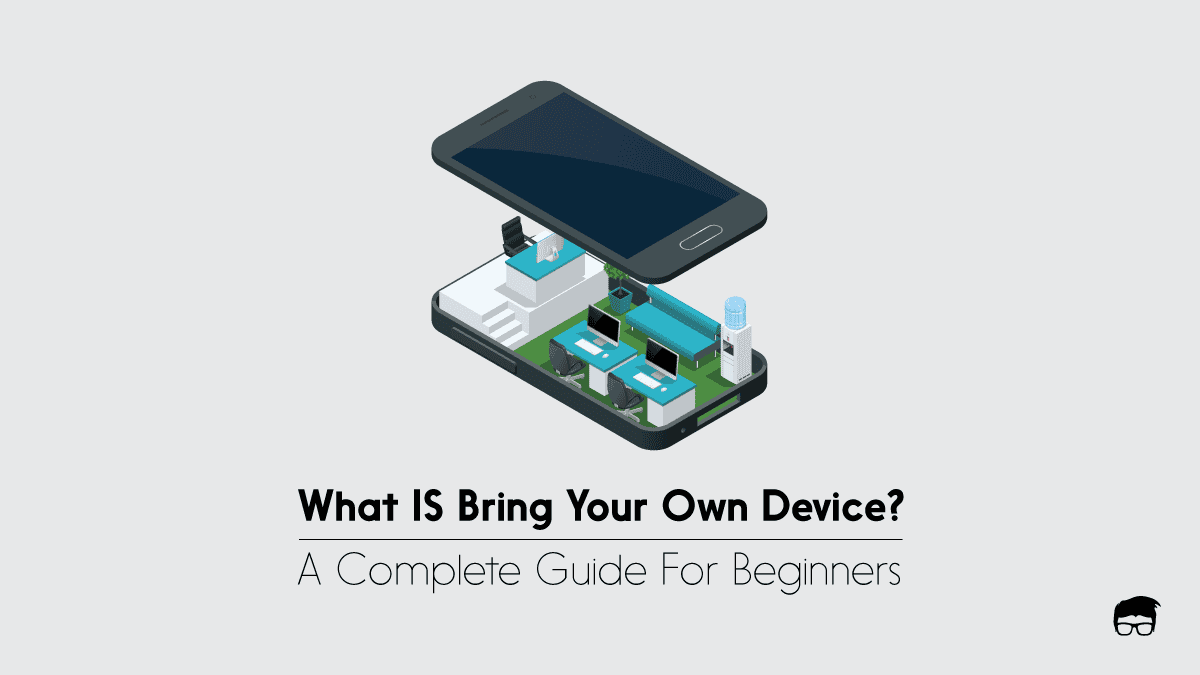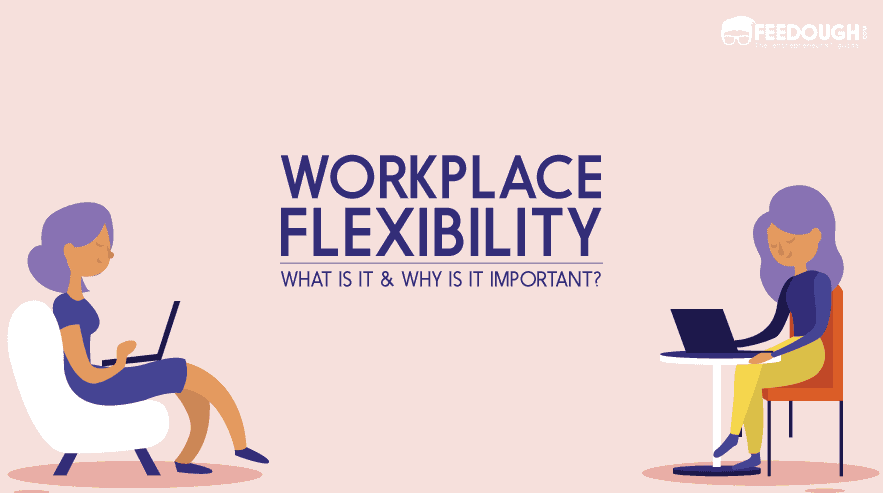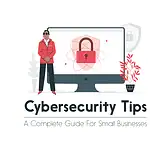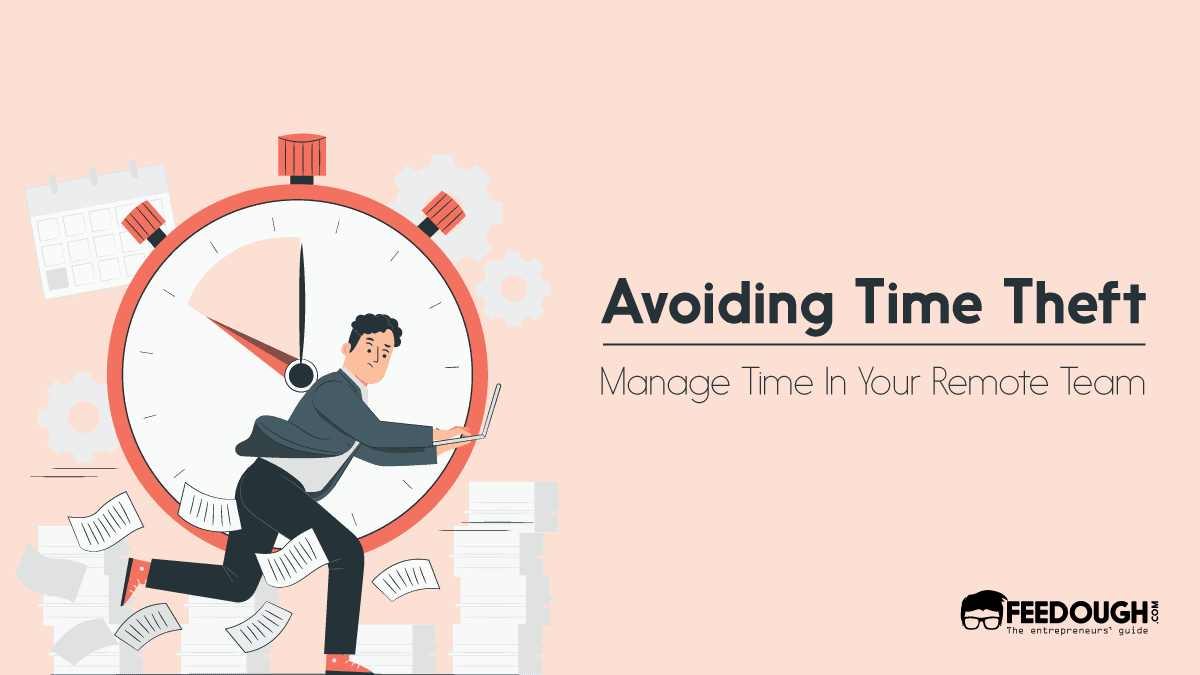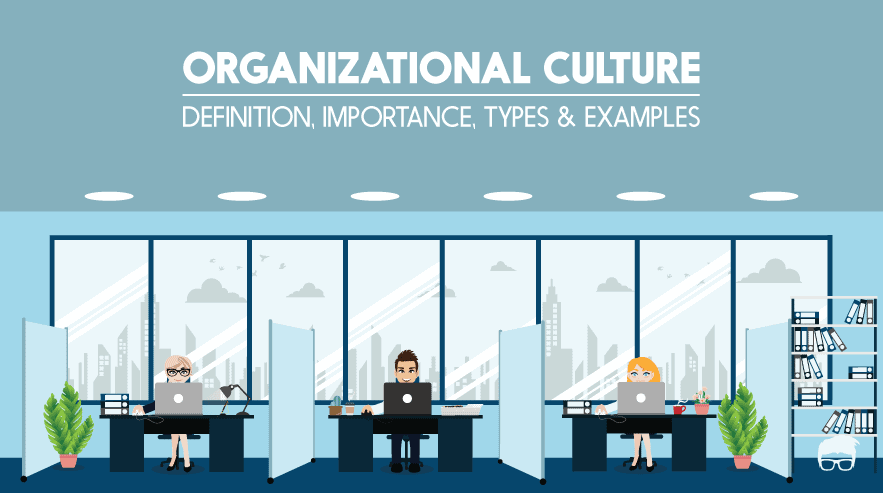In the corporate world, did you know that you can BYOD?
No, we did not get it wrong—it is Bring Your Own Device! Is it astonishing that an abbreviation like this exists in our highly evolving digital world?
Today, to maintain a balance between business requirements and personal preferences, companies have introduced specific policies to aid employees and help their businesses flourish.
These flexible policies cater to the company’s and the employees’ demands. BYOD, or “Bring Your Own Device,” is a policy that allows employees to use their digital gadgets for work.
What Is A BYOD Policy?
A BYOD (Bring Your Own Device) policy is a set of rules that lets employees use their personal devices—like smartphones, tablets, and laptops—to do work tasks. It covers how employees can connect to the company’s network and systems using their own gadgets while keeping everything secure.
The goal? To make sure employees have the flexibility they want while protecting the company’s sensitive data and ensuring cybersecurity.
The BYOD policy includes a set of guidelines because it benefits both the employee and the employer and brings surety to smooth management. Employees will follow these guidelines when using their personal devices for work-related tasks.
The policy ensures that personal devices are used within acceptable limits and that security measures are taken to protect the company’s data. Let us look into some of the critical components of a BYOD Policy;
- Security Measures: The policy entails mandatory security requirements to keep the employees and the company safe. This is done through encryption, password protection, and even installing MDM or mobile device management.
- Privacy and Ownership: Employees’ and employers’ privacy rights are emphasized. The ownership of the company data stored in employee’s devices is also acknowledged and protected.
- Scope: One of the most critical aspects of the policy is deciding which gadgets or devices can be permitted and who can use them for work.
- Acceptable Level of Work: This part of the policy emphasizes when, how and where employees can use their personal devices for work tasks. It also mentions situations when it’s prohibited to use them.
- IT Support: Clarifies the IT support the company will provide for an employee’s personal device. This support also includes managing reimbursements that come from work-related expenses.
- Exist Procedures: The policy also explains the protocols to be followed when an employee leaves the company and has to remove all access to company resources and data.
What Is Included In BYOD?
A BYOD (Bring Your Own Device) policy usually covers a few important things to make sure employees can work easily, while the company stays secure. Here’s what it typically includes:
- Support and maintenance: Covers what kind of tech help the company will provide for personal devices and whether employees get reimbursed or a stipend for using their own gadgets.
- Types of devices: Specifies what personal devices are okay to use for work—like smartphones, laptops, or tablets. Sometimes, it even lists the required operating systems or models.
- Security requirements: Lays out the must-have security steps. Think encryption, antivirus software, and strong passwords to keep company data safe.
- Access control: Explains how employees can connect to the company’s systems—usually through secure methods like VPNs.
- Usage policies: Sets the rules for using personal devices at work. It may include bans on downloading unapproved apps or storing sensitive data.
Benefits of BYOD
The benefits of a BYOD (Bring Your Own Device) policy can be significant for both businesses and employees. Here’s why it makes sense:
Benefits for Businesses
- Cost savings: BYOD cuts down on IT costs. When employees use their own devices, companies save on buying, maintaining, and upgrading hardware. It also reduces the workload for internal IT teams.
- Enhanced productivity: Employees are more efficient on devices they already know. There’s no need for training, and they can work beyond regular hours when needed, improving response times and performance.
- Fewer hardware headaches: IT departments spend less time managing company-owned devices. That means fewer updates, repairs, and tech support issues, freeing up resources for other tasks.
- Access to the latest tech: Employees often update their personal devices more often than companies do. This keeps them working on newer, more powerful devices, which can boost efficiency.
Benefits for Employees
- Device familiarity: Workers prefer using devices they’re already comfortable with. This makes their workday smoother and boosts job satisfaction since they don’t have to learn new systems or deal with outdated tech. For example, as most of the phones now support dual SIM cards, they can simply add an eSIM App to make both personal and professional accounts work on the same phone.
- Flexibility and mobility: BYOD lets employees work from anywhere—whether it’s home, a coffee shop, or while traveling. It supports a better work-life balance and easily adapts to remote work setups.
- Streamlined workflow: Switching between personal and work tasks on the same device is easier. Employees don’t need to juggle multiple gadgets, making their daily routine simpler.
- Choice of device: Employees get to pick the devices that suit them best, whether it’s a high-end phone or a custom laptop. This leads to better comfort and productivity because they’re using what works for them.
Challenges of BYOD
While a BYOD (Bring Your Own Device) policy has its benefits, it also comes with some challenges. Both businesses and employees face certain risks that need careful handling.
Challenges for Businesses
- Security risks: The biggest concern is data security. Personal devices may not have the same protection as company-owned ones, making them easier targets for hackers or malware. If a device gets lost or stolen, sensitive company information could be exposed.
- Data privacy compliance: Following data protection laws, like GDPR or HIPAA, is trickier with BYOD. Since personal devices mix both private and company data, it’s harder to protect sensitive information.
- Limited control over devices: Companies don’t have as much control over personal devices. This makes it tough to enforce security updates, remote data wiping, or software rules. Different devices may have inconsistent levels of security.
- IT support strain: BYOD adds more work for IT teams. Supporting a range of devices, brands, and operating systems can be overwhelming, especially when troubleshooting devices IT staff may not be familiar with.
Challenges for Employees
- Privacy concerns: Employees might worry that using their personal devices for work gives employers access to their private information—like texts, browsing history, or location data. This fear can lead to hesitation in fully embracing BYOD.
- Hidden costs: While BYOD saves money for businesses, employees may face extra expenses. They may need to upgrade their devices, buy software, or use more mobile data for work, without compensation.
- Work-life balance: BYOD can blur the boundaries between personal and work life. Constant access to work emails and apps can make it hard to switch off, leading to burnout if employees feel they’re always on-call.
- Device wear and tear: Using personal devices for both work and personal tasks can wear them out faster. This could mean needing to replace them sooner, adding financial strain for employees.
BYOD Security Solutions
Knowing the risk alone is not enough; you must also be ready to tackle any issue that may unfold. That is where BYOD security solutions come in and are essential for organizations that authorize employees to use their devices.
These solutions help protect your data being shared on all the employees’ devices while ensuring productivity. Let us look at some of the critical solutions they provide:
- Cloud Access Security Brokers (CASB)
- Data Loss Prevention (DLP)
- Endpoint Protection Platforms (EPP)
- Mobile Device Management (MDM)
- Multi-Factor Authentication (MFA)
- Zero Trust Network Access (ZTNA)
- Containerization
Best Practices for BYOD
What best practices can a company follow while implementing BYOD and its security solutions? We have broken it down for you below;
- Training Employees: This is a vital step to take for Bring Your Own Device! Every employee needs to understand the dos and don’ts that will help them keep their personal and work data safe. They should be aware of phishing attacks and adequate device management practices.
- Incident Response Planning: We learn with practice, but precaution is always the best! The company should ensure they have a protocol or plan to follow if security incidents happen while using BYOD.
- Policy Development: Each company will have its own goals and working nature. According to this, the company must update the BYOD policy regularly if any further grievances are found. This will ensure a smooth management of tasks with personal devices.
- Frequent Audits: Conducting audits regarding BYOD in the company will ensure that the policies are implemented well. It will also identify if there are any potential risks in device management practices.
BYOD can be a fantastic practice to implement in companies, and if done well, it will boost the employees’ productivity and the company’s flourishment. Ensure you are familiar with the policy, advantages, risks, and security protocols before establishing this practice and opting for BYOD in your company!
A startup consultant, digital marketer, traveller, and philomath. Aashish has worked with over 20 startups and successfully helped them ideate, raise money, and succeed. When not working, he can be found hiking, camping, and stargazing.
